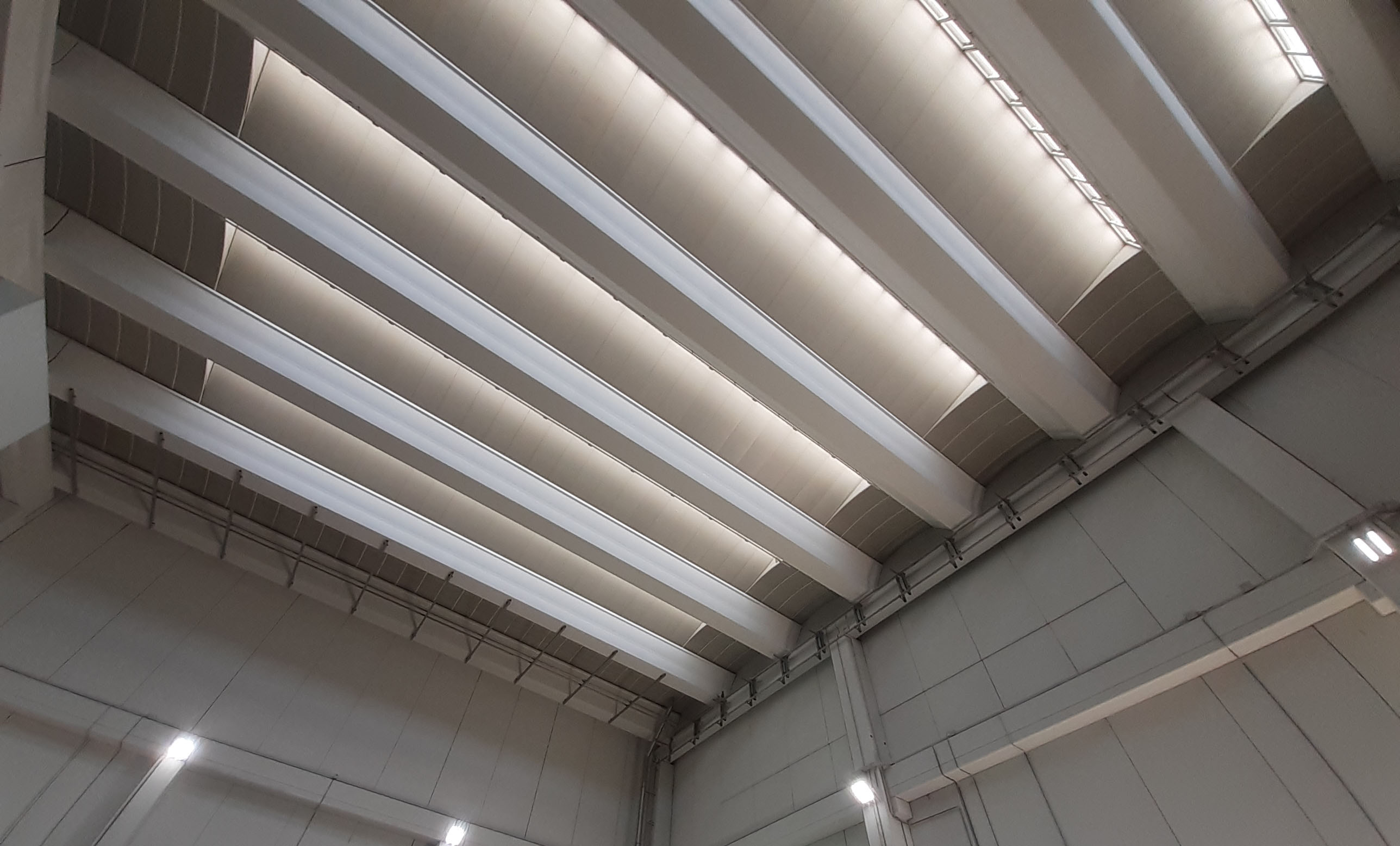Even though Dragonfly works pretty well inside any indoor area, there are some important things to keep in mind (and to check) during the survey of a venue to make sure that Dragonfly will work properly from the very beginning (or to implement corrective actions necessary to ensure the smooth operation of Dragonfly).
Number and variability of features
The most important check to be done in your environment is the evaluation of the number and variability of the features. Because:
- a low number of features that the system can use to discern the position (because the area seen by the camera is too white/plain)
and/or - a low variability of the meaningful features within the area seen by the camera (uniform ceilings)
…lower the overall robustness of the system which can get lost more easily and can struggle to re-locate the position when lost.

Solution:
- If Dragonfly gets lost frequently and it struggles to re-locate because the area seen by the camera is too white/plain and in general does not contain many meaningful features -> you will have to add some physical elements that introduce additional significant features.
A practical and affordable solution that we suggest is the design of black and white panels/stickers. Please look at this support page with all the info about this solution.
Lighting conditions
Amount of light
In order for Dragonfly to work properly, the lighting conditions of the area seen by the camera must be good during the whole time Dragonfly is used (both during the day and during the night). Low ambient light leads to the detection of a lower number of features during the mapping phase and during the use of the system. Eventually, a low number of features leads to low robustness of the system.

Solutions:
- If some of the lights are broken -> those lights will have to be fixed before the mapping phase.
- If the illumination of the area is not enough -> additional lights will have to be installed in order to make the area seen by the camera brighter. This could happen for example when:
- the floor is dark (e.g. asphalt) or very dirty and the camera is pointed towards the ceiling. In those cases the amount of light reflected by ground and sent back to the ceiling is not always enough to make the features of the ceiling look bright.
- the natural light provided by windows/skylights/roof lights is not enough.
- the artificial lights are off,
- the artificial lights are on, but not powerful enough.
Model of camera
In order for Dragonfly to work properly, the camera must be able to work properly and detect sharp images with challenging lighting conditions during the whole time Dragonfly is used (especially during the night). Cameras with an image sensor not sensitive enough to low illumination conditions can lead to a lower number of feature detection during the mapping phase and during the use of the system. Eventually, a low number of features leads to low robustness of the system.
Solution:
- If you are not using one of our suggested cameras -> you might have to consider using the camera sent with the Dragonfly Kit because it could be that the camera that you are using is not sensitive to low LUX values.
Change of brightness during the day
The lighting conditions of the environment might change throughout the day because:
- the natural light that pass through windows/skylights/rooflights changes.
- the artificial lights are turned on/off.
This change of the light throughout the day involves a change of the shadows inside the environment, and eventually the features recorded during the mapping phase (carried out with specific lighting conditions), can be different than the features detected while Dragonfly is used during another time of the day (with different lighting conditions).
Solution:
- If Dragonfly is used inside venues with variable lighting conditions -> then the mapping will have to be done in various lighting conditions. This means that a map created with daylight will have to be extended with the features collected during an additional mapping done during the night time. You will find the instructions to extend an existing map in the next pages.